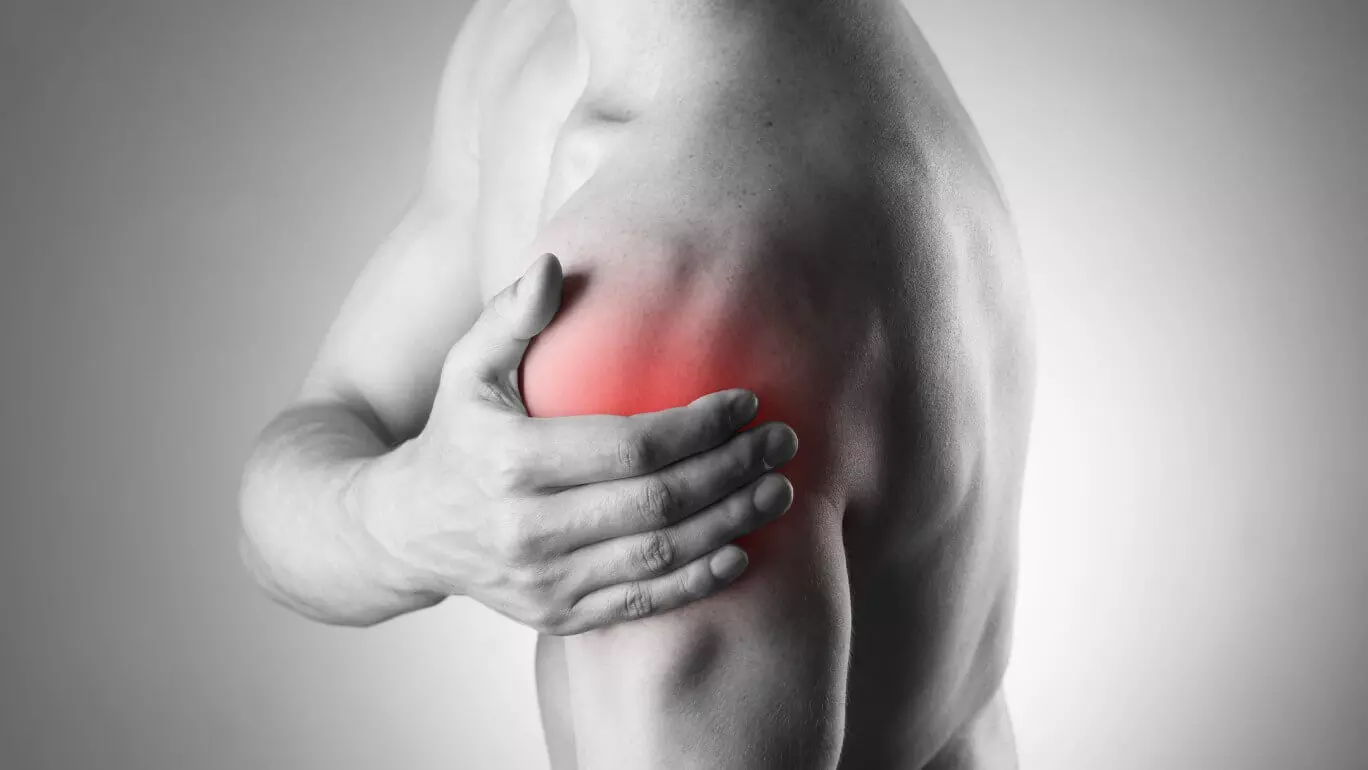Patients with symptomatic RCT significantly elevates Critical Shoulder Angle and Acromion Index: study
- byDoctor News Daily Team
- 23 October, 2025
- 0 Comments
- 0 Mins

Rotator cuff tears are one of the most frequent pathologies behind shoulder pain among patients worldwide. Some studies have suggested a relationship between critical shoulder angle (CSA), acromion index (AI) and the diagnosis of a rotator cuff tear (RCT). Given the large variation among studies in the literature, Waleed Albishi et al conducted a study to investigate the relationship between these radiologic values and the presence of symptomatic RCTs. Medical records, radiographs, and MRIs of patients who had undergone rotator cuff repair for symptomatic tears were collected. Patients with normal rotator cuff s was also included in the study as a control group for comparison. The key findings of the study were: • A total of 160 patients with RCT and 106 matched control patients with a normal rotator cuff were included in the study. • Among the RCT group, 87.5% of patients had a CSA value greater than 35° when measured by X-ray, and 65.6% had a CSA greater than 35° when MRI was utilized (p < 0.0001). • 83.125% of patients had an AI greater than 0.7194 (p < 0.0001). The mean CSA measured by X-ray was significantly higher in the tear group (M = 40.27, SD = 4.70) compared to the control group (M = 33.70, SD = 5.39), p < 0.001. • The mean CSA measured by MRI was significantly higher in the RCT group (M = 37.24, SD = 4.37) compared to the control group (M = 32.13, SD = 4.76), p < 0.001. • The mean AI measured by X-ray was also significantly higher in the RCT group (M = 0.80, SD = 0.08) compared to the control group (M = 0.64, SD = 0.10), p < 0.001. The authors concluded – ‘Patients included in our study had symptomatic and painful RCT, had failed all conservative management, and eventually required surgical intervention. These patients were found to have elevated CSA and AI angles. CSA and AI are reliable measurements that are straightforward to calculate independently using a standard shoulder X-ray, provided it is properly taken and ensuring it is a true AP of the shoulder. We found that both measurements are equally effective in predicting the risk of symptomatic RCT and may be used in the primary healthcare setting to screen patients for RCT. Our study confirmed that both X-ray and MRI are equally sufficient for measuring CSA, allowing physicians to choose between these techniques.’ Further reading: Elevated Critical Shoulder Angle and Acromion Index as Predictors of Symptomatic Rotator Cuff Tears: A Comparative Case–Control Study Waleed Albishi et al Indian Journal of Orthopaedics (2025) 59:785–792 https://doi.org/10.1007/s43465-024-01310-4
Disclaimer: This website is designed for healthcare professionals and serves solely for informational purposes.
The content provided should not be interpreted as medical advice, diagnosis, treatment recommendations, prescriptions, or endorsements of specific medical practices. It is not a replacement for professional medical consultation or the expertise of a licensed healthcare provider.
Given the ever-evolving nature of medical science, we strive to keep our information accurate and up to date. However, we do not guarantee the completeness or accuracy of the content.
If you come across any inconsistencies, please reach out to us at
admin@doctornewsdaily.com.
We do not support or endorse medical opinions, treatments, or recommendations that contradict the advice of qualified healthcare professionals.
By using this website, you agree to our
Terms of Use,
Privacy Policy, and
Advertisement Policy.
For further details, please review our
Full Disclaimer.
Recent News
Health Ministry Proposes Barcoding Rule for All Va...
- 23 October, 2025
Boehringer Ingelheim Jascayd gets nod in China for...
- 23 October, 2025
Mizoram reports 121 multidrug-resistant TB Deaths...
- 23 October, 2025
GSK Shingrix new prefilled syringe presentation ge...
- 23 October, 2025
Daily Newsletter
Get all the top stories from Blogs to keep track.


0 Comments
Post a comment
No comments yet. Be the first to comment!